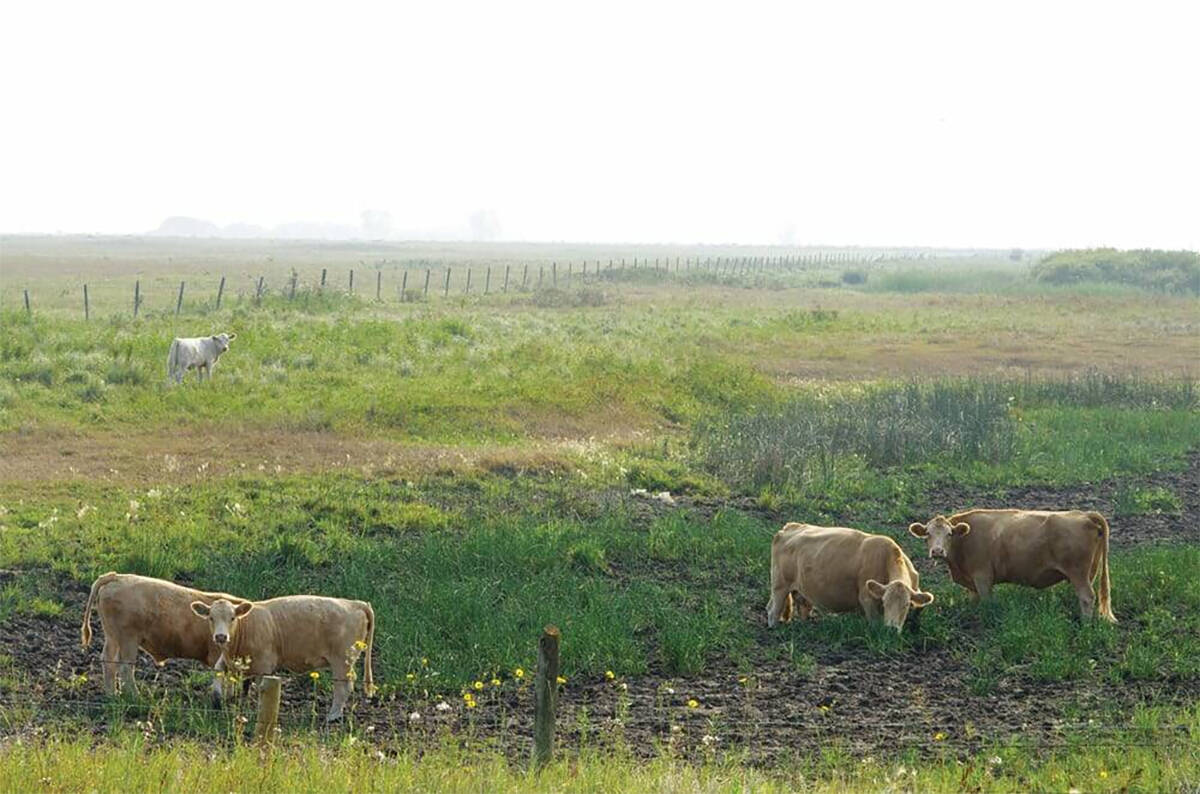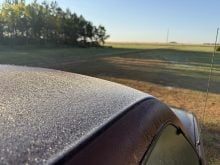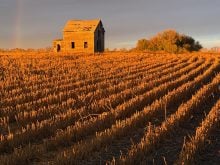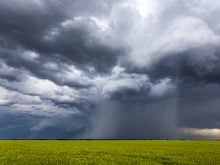As we move into summer, it is time to look at the latest and greatest summer forecasts.
Let’s start off as usual with our two almanacs.
The Old Farmer’s Almanac is calling for slightly above average temperatures in June followed by near average temperatures in July and below average in August. Its precipitation forecast is calling for near average amounts in June and above average in July and August.
Read Also

Manitoba extends Crown land rent freeze
Manitoba government links the continued rental rate freeze on grazing and forage leases to economic and environmental challenges facing the industry
The Canadian Farmers Almanac, after reading between the lines, appears to be calling for near to above average temperatures and precipitation in June.
Its July forecast seems to be leaning toward a hot and dry July because, well, it mentions hot and dry a few times in the month.
The last month of the summer, according to the publication, will see near to above average temperatures with near average precipitation.
Moving on to the different weather models.
NOAA’s forecast, extrapolating northward, looks to be calling for slightly above average temperatures across the eastern Prairies this summer with the western Prairies seeing above average to well above average temperatures from June right through to August.
NOAA’s precipitation forecast is still calling for below average amounts all summer long with the driest conditions expected to be across Alberta.
Looking at the Climate Forecast System (CFS) model, it has been bouncing around a little bit with its forecasts.
Its June forecast is for above average temperatures across the eastern half of the Prairies with near average temperatures across the western half. July and August are forecasted to see near to slightly above average temperatures with the northern regions seeing the best chance of above average temperatures.
Its precipitation forecast is calling for a dry start to June but then transitioning to near to above average precipitation right across the Prairies.
July is forecasted to see a return to dry conditions across all three prairie provinces, while August’s forecast is calling for dry conditions to continue across the southern Prairies with wet weather moving in over central regions.
Next is the always reliable CanSIPS model.
This model is calling for slightly above average temperatures from June to August with the best chances of above average temperatures over the western Prairies and with southern Manitoba seeing temperatures closest to average. Its precipitation forecast is calling for below average amounts all summer long.
Last on our list of computer models is the ECMWF, which predicts well above average temperatures in June and July with slightly cooler but still above average temperatures in August.
Its precipitation forecast is calling for most regions to experience below average amounts in June and July with August coming in near average.
Finally, my take on all of this.
I am going with climatology on this one. With global temperatures expected to be in the top five all-time hottest, the odds are in our favour that we will see a warmer than average summer.
Usually when we have a hot summer, we see below average precipitation.
The wild card this summer is smoke.
For more Prairie weather forecasts and insights on climate science, visit Daniel Bezte’s full archive.
















